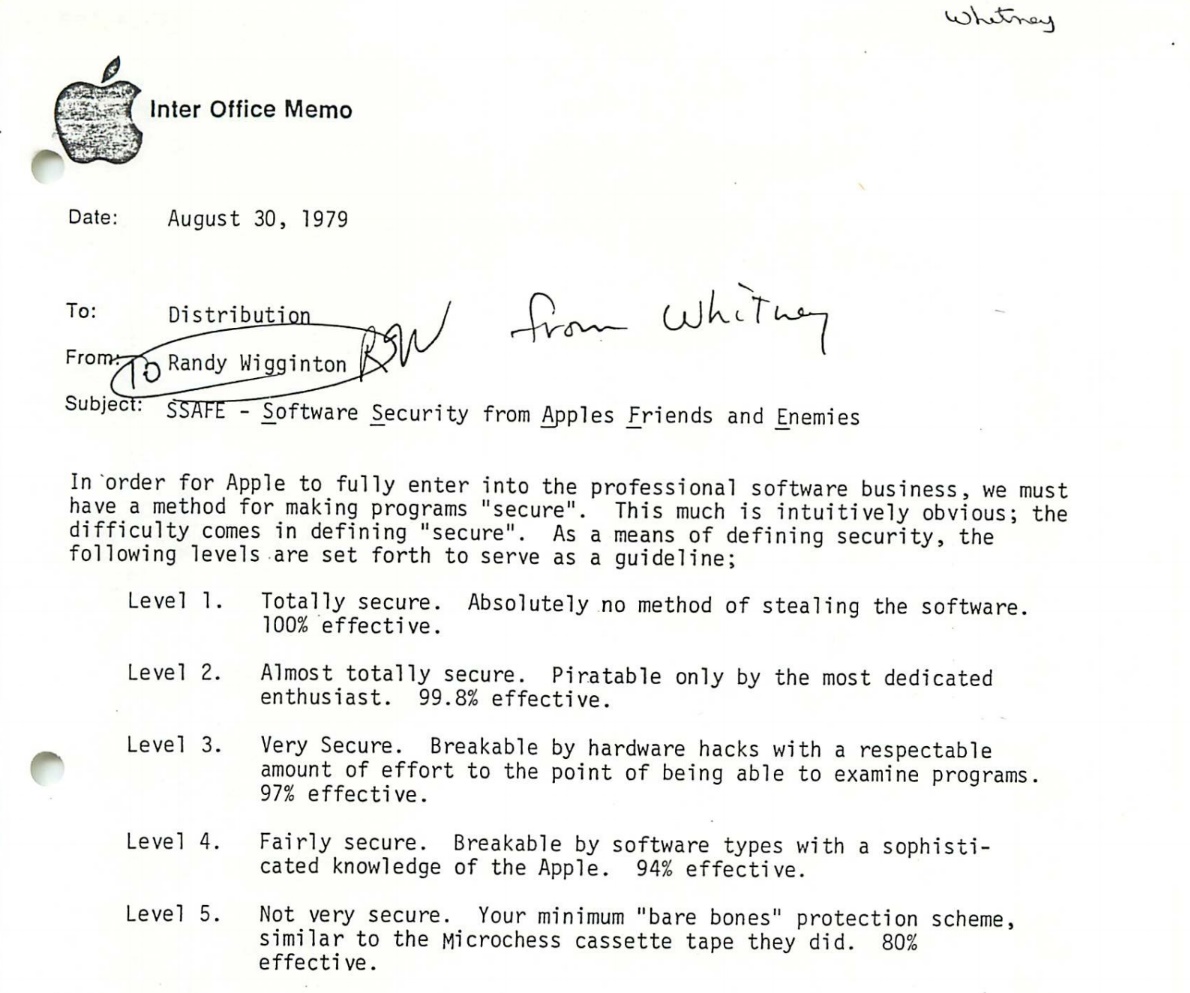Historical Apple internal memos about future of Macs from late 1970s found at Goodwill

Silicon Valley and the San Francisco Bay Area aren’t the only places where you can dig for lost Apple treasures, such as original Macintosh computers assembled by Steve Jobs and the Woz, most of which are already accounted for, and currently traded like high-valued currency among collectors, to the tune of several hundred-thousand dollars, or displayed in museums, domestically and across the globe.
A Goodwill location in Seattle WA, happened to be a most unlikely place to scour for Apple memorabilia, but a Reddit user who happened to patronize the location, has discovered a book bin, containing a number of internal memos, legal pads, progress reports, and other documents, created between 1979 and 1980, only three years into the very beginning of Apple’s journey.
At the time, the young company’s manager of system’s software, one Jack McDonald, on whom not much can be found online, was in charge of software and operating system guidelines for the Apple II and Apple III, referred in these documents as “Project SARA”.
The documents have a central focus on security. The notes describe five levels of security being planned for early Apple computers, from “Totally secure”, to”Not very secure”.
Early on, Apple took security very seriously, and these documents show the thought-process behind the security of early systems.
One thing that becomes apparent is that Apple knew very early that security through hardware dongles was a terrible way to protect software from piracy and hacking. Hardware dongles were popularized by a number of software firms in the early 80s, all the way to modern times, enforcing hardware-based piracy prevention for applications such as accounting software, productivity suites, and even engineering and design software.
Some such companies were once immensely popular, including Alias|Wavefront, makers of professional computer animation software Poweranimator, which, ironically, was often used by Steve Jobs’s spinoff motion graphics company, Pixar.
On the topic of security, one could speculate that the first glimpse into the notion of the creation of an Apple ID for users, was described rather clearly in a note, contemplating the possibility to use an encryption key for customers who purchase software from Apple, as a way to unlock it. According to the documents, “...This key could be provided to customers either by our dealers or through a ‘Hot Line’...”.
Who knew that decades later, Apple would find itself as an innovator in software encryption, to a point of butting heads with the US government.
The full stack of papers gathered from Goodwill in Seattle can be viewed through this link.
Ready to shop?
If you are looking for the perfect Apple desktop, PortableOne has the best deals on the latest Apple iMac Retina.